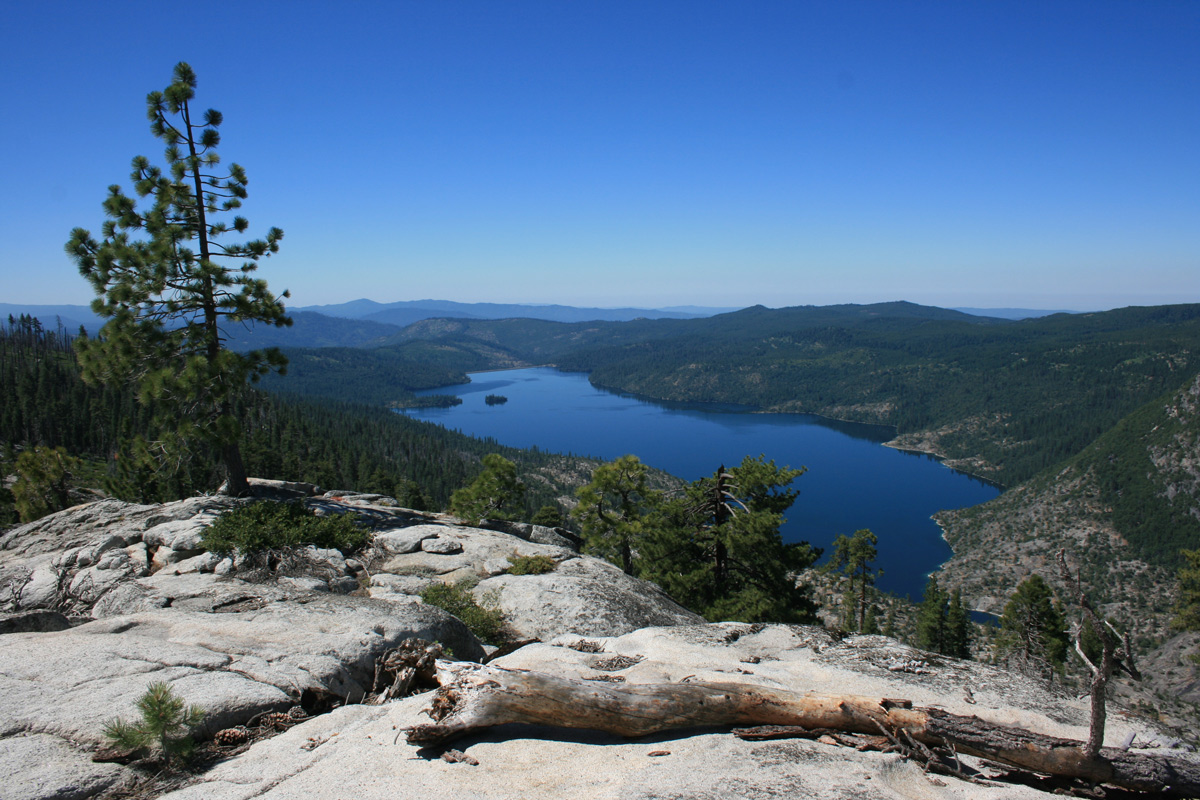
Stanislaus National Forest Cherry Lake - Credit: USDA
September is National Preparedness Month
VALLEJO, Calif. — Labor Day weekend is often the last big holiday celebration before fall begins. And the USDA Forest Service Pacific Southwest Region reminds visitors to plan ahead. That includes preparing for any forest closures and fire restrictions.
There have been 606 wildfires on California national forests this year, and over 96% are human started versus lightning caused.
“Labor Day weekend marks the change in seasons and is a popular time for people to visit our forests,” said Jim Bacon, Regional Director of Public Services. “Everyone’s excited for some final summer fun. But many of our forests are still recovering from wildfires and on-site repairs. So please, plan ahead and recreate responsibly.”
Use these simple tips to #RecreateResponsibly when on public lands:
- Be ready for heat: Rising temperatures still pop up in California throughout September and often catch campers and hikers off guard. Heat-related illnesses stop the body from cooling down. So slather on the sunscreen, drink lots of water, and plan hikes as early as possible to avoid the hottest part of the day.
- Hydrate, hydrate, hydrate: Always bring enough water when enjoying the outdoors. And check that all spigots, valves and pumps at recreation sites are turned off to protect limited water supplies.
- Watch for hazard trees and high water: Pay attention to your surroundings and high winds. Avoid parking, camping and hiking near damaged trees. And steer clear of high waters, which are swifter and colder from winter snow runoff.
- No trash left behind: Protect wildlife and waters by using trash receptacles or simply pack out what you pack in. Do one final sweep for dropped items, like trash and toys.
- Minimize campfire impacts: Note any fire restrictions in place before starting a campfire. Consider a portable camp stove for the least impact.
Other helpful resources include Know Before You Go, Interactive Visitor Map, and individual national forest websites for important alerts on sites and trails.
Source: U.S. Forest Service








